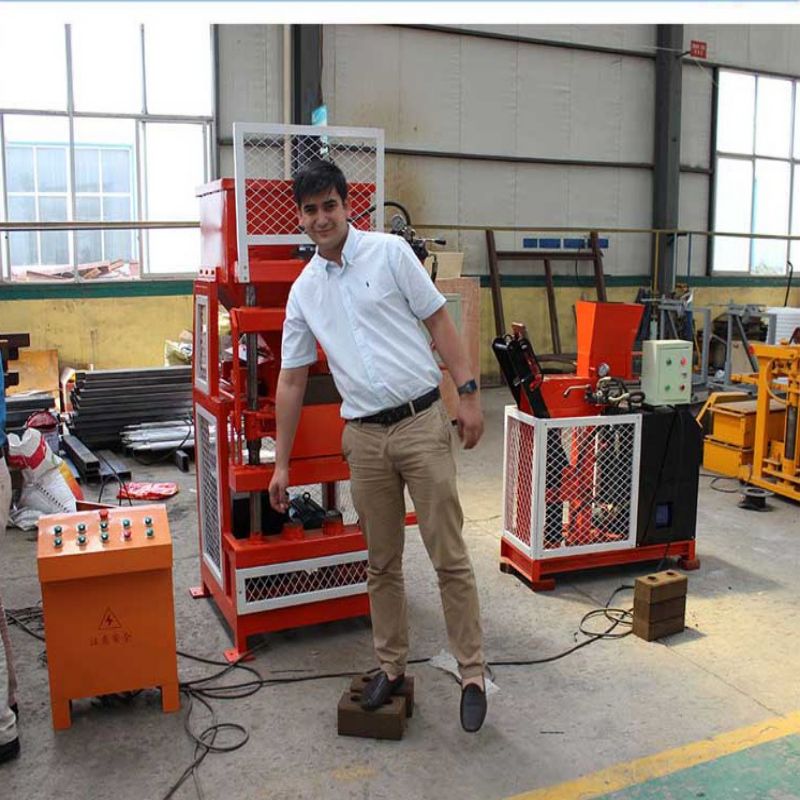
Image source:Aiwei block machine
Introduction
The brick making industry is a cornerstone of construction in African nations, providing essential building materials for homes, infrastructure, and economic growth. Amidst the challenges, there are stories of successful brick making businesses that have not only thrived but have also become engines of local development. In this article, we delve into case studies of such successful enterprises, exploring their strategies, innovations, and contributions to their communities and the broader economy.
1. Nampak Zambia Brick and Block
Location: Lusaka, Zambia
Key Highlights:
- Modern Machinery: Nampak Zambia invested in state-of-the-art brick making machines, increasing production efficiency.
- Market Diversification: They expanded their product range to include concrete blocks and pavers, catering to diverse construction needs.
- Local Employment: Nampak Zambia’s success translated into employment opportunities for the local workforce, contributing to the region’s economic development.
- Sustainability Initiatives: The company is committed to environmental sustainability, adopting eco-friendly brick production practices and waste recycling.
2. Maxi Brick Company in South Africa
Location: Cape Town, South Africa
Key Highlights:
- Innovation in Design: Maxi Brick Company introduced innovative brick designs and textures, meeting the demands of architects and builders for unique aesthetics.
- Community Involvement: They engaged local communities in brick production, providing training and employment for disadvantaged individuals.
- Export Opportunities: The company capitalized on export markets, promoting South African brick products internationally.
- Sustainability Focus: Maxi Brick Company embraced sustainable brick making practices, including the use of alternative materials and energy-efficient kilns.
3. GEMS2 Initiative in Nigeria
Location: Multiple locations in Nigeria
Key Highlights:
- Supporting SMEs: The Growth and Employment in States (GEMS2) program in Nigeria facilitated the growth of small and medium-sized brick making enterprises by providing access to finance and training.
- Market Access: GEMS2 connected brick makers with larger construction companies, helping them secure lucrative contracts.
- Empowering Women: The program encouraged women to enter the brick making industry, fostering gender inclusivity and women-led enterprises.
- Innovations in Kiln Technology: GEMS2 promoted energy-efficient kilns, reducing environmental impact and operating costs.
4. EcoBrick in Kenya
Location: Nairobi, Kenya
Key Highlights:
- Sustainable Building Practices: EcoBrick pioneered sustainable construction in Kenya by producing eco-friendly bricks made from recycled plastic waste.
- Community Engagement: They engaged local communities in collecting plastic waste, creating income-generating opportunities.
- Education and Advocacy: EcoBrick conducts awareness campaigns and educational programs on sustainable building practices.
- Export Success: The innovative nature of their bricks has opened export opportunities, contributing to Kenya’s economy.
5. Probrick in Ghana
Location: Accra, Ghana
Key Highlights:
- In-House Training: Probrick prioritizes in-house training, ensuring that its workforce is skilled in operating and maintaining brick making machinery.
- Quality Assurance: The company maintains strict quality control standards, producing bricks that meet international construction standards.
- Innovation in Product Design: Probrick continuously innovates its product offerings, including specialized bricks for specific construction needs.
- Export Growth: Probrick’s dedication to quality has allowed it to enter international markets, promoting Ghana’s brick industry on a global scale.
Conclusion
The success stories of these brick making businesses in African nations serve as inspiring examples of entrepreneurship, innovation, and community development. These enterprises have not only thrived in a competitive industry but have also contributed to local economies, created jobs, and promoted sustainable building practices. Their stories underscore the immense potential of the brick making industry in Africa to drive economic growth, meet housing demands, and foster sustainable development. As African nations continue to urbanize and expand, the lessons learned from these case studies can inform future endeavors, ensuring a bright future for brick making in the continent.
